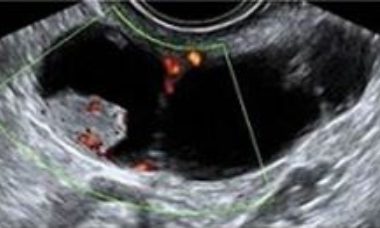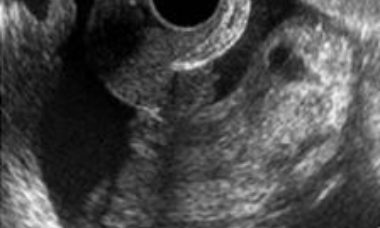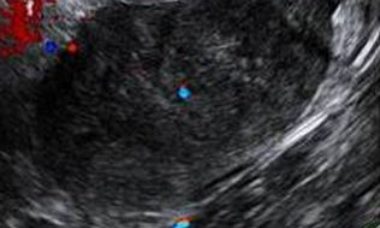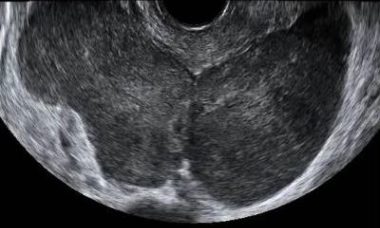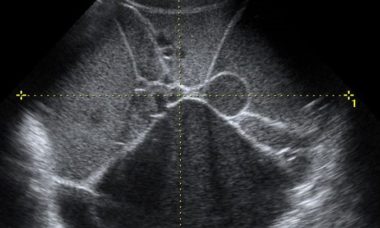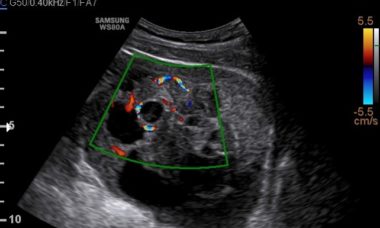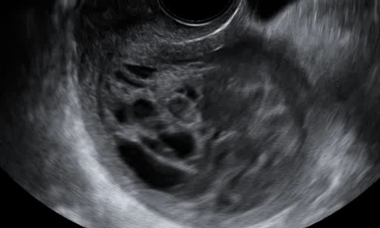Find out about the sessions that will address oncology and supplement your learning with ISUOG education resources including video lectures, guidelines and articles.
Program - Oncology
Supplement your learning - Oncology
Supplement your learning with the following learning resource, including exlusively-released video content from ISUOG courses and Congresses, UOG articles and ISUOG guidelines.
Video lectures
How to assess the extent of tumours for women with endometrial and cervical cancer
Watch this exclusively released lecture, delivered at ISUOG's 29th World Congress. Other resources available below.
VISUOG articles
Primary carcinoma of the Fallopian Tube
Primary carcinoma of the fallopian tube is one of the rarest gynecological malignancies, accounting for 0.18% to 1.6% of all malignant neoplasms of the female reproductive tract, and typically presents in the 5th and the 6th decades of life. The etiology of fallopian tube carcinoma is unknown.
Malignant germ cells tumors
Explore chapters on malignant struma ovarii, ovarian dysgerminoma, yolk sac tumors, and Immature teratoma.
Stromal and sex-cord cells tumors
Explore a sub-section on specialized stromal cell tumors and a chapter on ovarian fibroma and fibrothecoma.
Metastases to the ovary
The ovary is a common site of metastases from malignant tumors. Most metastases in the ovaries originate in the gastrointestinal tract or the breast. The distinction between primary and metastatic ovarian neoplasm is of critical importance, since surgical cytoreduction is the treatment of choice for the former.
Borderline ovarian tumor (BOT)
Borderline ovarian tumors (BOTs) are epithelial tumors with low grade of malignancy. BOTs account for 10–15% of epithelial ovarian tumors. These tumors occur in younger women, with almost 30% of patients younger than 40 years, and are often diagnosed at an earlier stage than invasive carcinomas.
Invasive epithelial tumors
Explore chapters on Serous carcinoma, Mucinous carcinoma, Clear cells carcinoma, Endometrioid carcinoma, and Ovarian carcinosarcoma.
Uterine sarcomas
Uterine sarcomas are rare malignant tumors arising from the mesenchymal tissues of the uterus, i.e. the endometrial stroma, uterine muscle and connective tissue. They represent 1% of female genital tract malignancies and 3-7% of all uterine malignances.
Endometrial Cancer
Endometrial cancer is the most common malignancy of the female genital tract, affecting 2-3% of women during their lifetime. The median age at diagnosis is 60-65 years and the most commonly associated risk-factor is obesity.
UOG virtual issues
- Imaging in Gynecological Disease Date: September 2017
UOG articles
- Imaging in gynecological disease (15): clinical and ultrasound characteristics of uterine sarcoma UOG: Volume 54, Issue 5, Date: November 2019, Pages 676-687
- Serial endometrial thickness and risk of non‐endometrial hormone‐dependent cancers in postmenopausal women in UK Collaborative Trial of Ovarian Cancer Screening UOG: Volume 56, Issue 2, Date: August 2020, Pages 267-275
- Subjective ultrasound assessment, the ADNEX model and ultrasound‐guided tru‐cut biopsy to differentiate disseminated primary ovarian cancer from metastatic non‐ovarian cancer UOG: Volume 47, Issue 1, Date: January 2016, Pages 110-116
Become a member to have access to all our educational resources and lectures from previous congresses and courses. Become a journal member to have full online access to all articles from Ultrasound in Obstetrics and Gynecology.

